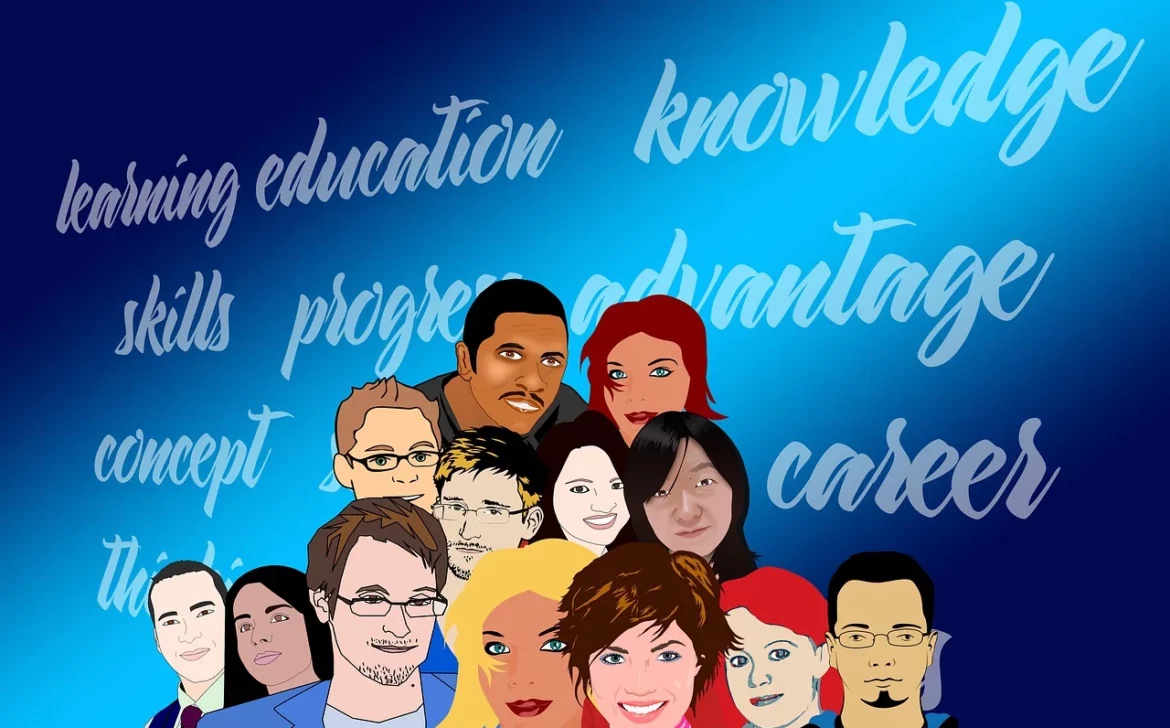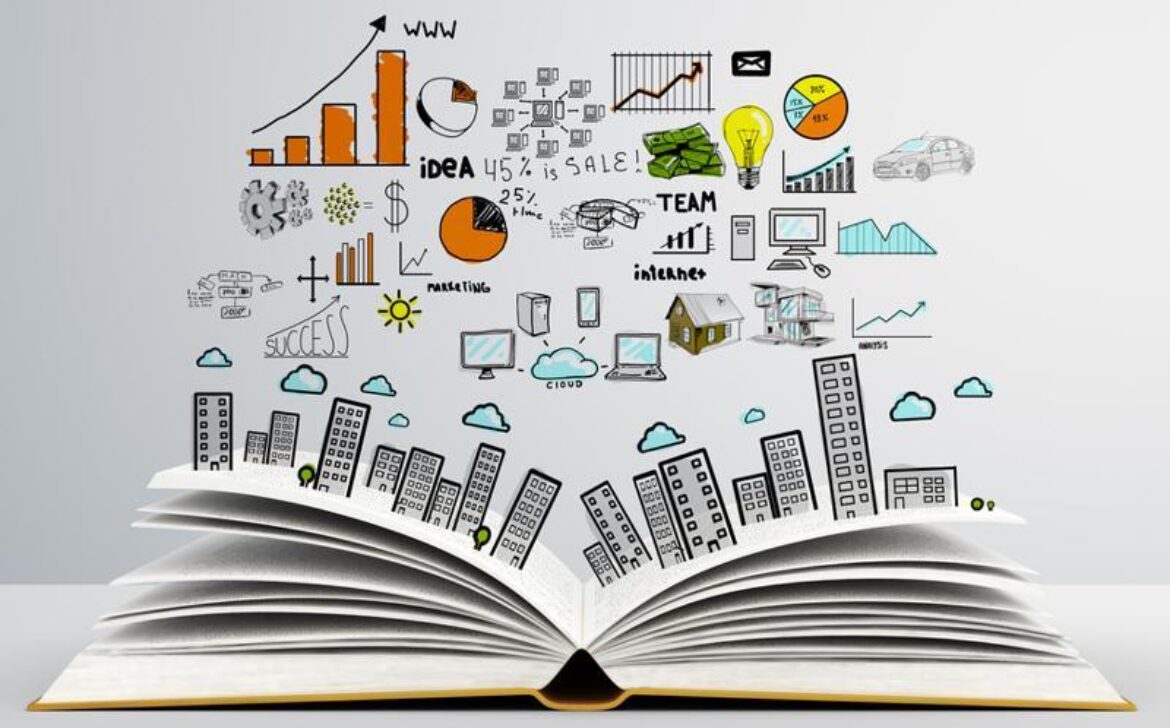The Benefits of Online Learning: Flexibility, Accessibility, and Personalization

Introduction:
In recent years, online learning has gained significant popularity as a flexible and accessible alternative to traditional classroom education. With advancements in technology, the opportunities for remote learning have expanded, providing learners with a range of benefits. In this blog post, we will explore the advantages of online learning, focusing on its flexibility, accessibility, and personalization. Whether you’re a working professional, a busy parent, or someone seeking to enhance their skills, online learning offers a unique and empowering educational experience.
- Flexibility in Learning:
One of the most prominent advantages of online learning is its flexibility. Unlike traditional classroom settings, online courses allow learners to access educational materials and participate in learning activities at their own convenience. With pre-recorded lectures and asynchronous discussions, students have the freedom to choose when and where they engage with the content. This flexibility is particularly beneficial for working professionals, individuals with busy schedules, or those who prefer to learn at their own pace. Online learning enables students to balance their educational pursuits with other commitments, fostering a harmonious work-life-education balance.
- Accessibility for All:
Online learning eliminates geographical barriers and makes education accessible to a wider audience. With traditional education, individuals often face limitations due to geographic location, commuting constraints, or lack of educational institutions in their vicinity. However, online learning transcends these boundaries by providing access to high-quality education from anywhere in the world. Students can enroll in courses offered by renowned institutions, access learning materials 24/7, and interact with instructors and peers globally. This accessibility promotes inclusivity and empowers individuals who might otherwise be unable to pursue certain educational opportunities.
- Personalization of Learning Experience:
Online learning offers personalized educational experiences tailored to individual needs and preferences. Learners can choose from a wide range of courses and programs that align with their interests, career goals, or specific skill development needs. Additionally, online learning platforms often employ adaptive technologies and data analytics to assess learner progress and provide personalized recommendations for further study. This level of personalization ensures that students receive targeted support and can focus on areas where they need the most improvement. With the ability to customize their learning journey, students can optimize their educational experience and achieve their learning objectives more effectively.
- Diverse Learning Resources:
Online learning provides access to a wealth of diverse learning resources. Digital libraries, interactive multimedia, and online research databases offer a vast array of information, enabling learners to explore topics in-depth and engage with various perspectives. Additionally, online platforms often incorporate multimedia elements, such as videos, interactive quizzes, and simulations, which enhance understanding and engagement. This rich assortment of resources enhances the learning experience, making it more interactive, engaging, and dynamic.
- Opportunities for Self-Directed Learning:
Online learning encourages self-directed learning, empowering individuals to take control of their educational journey. With the flexibility to choose courses and study materials, students can pursue topics that align with their interests and goals. Online learning platforms often provide self-assessment tools and progress tracking features, enabling learners to monitor their development and set personal learning goals. This autonomy fosters a sense of ownership and responsibility for one’s education, promoting lifelong learning habits and skills.
Conclusion:
Online learning offers numerous benefits, including flexibility, accessibility, and personalization. Its flexible nature allows learners to adapt their educational pursuits to their busy lives, making education more manageable and accessible. With the elimination of geographical barriers, individuals from all backgrounds can access high-quality education, expanding opportunities for personal and professional growth. The personalized nature of online learning enables learners to customize their educational experience, ensuring they receive targeted support and focus on their areas of interest. As technology continues to advance, online learning will play an increasingly vital role in shaping the future of education, empowering individuals to pursue their











